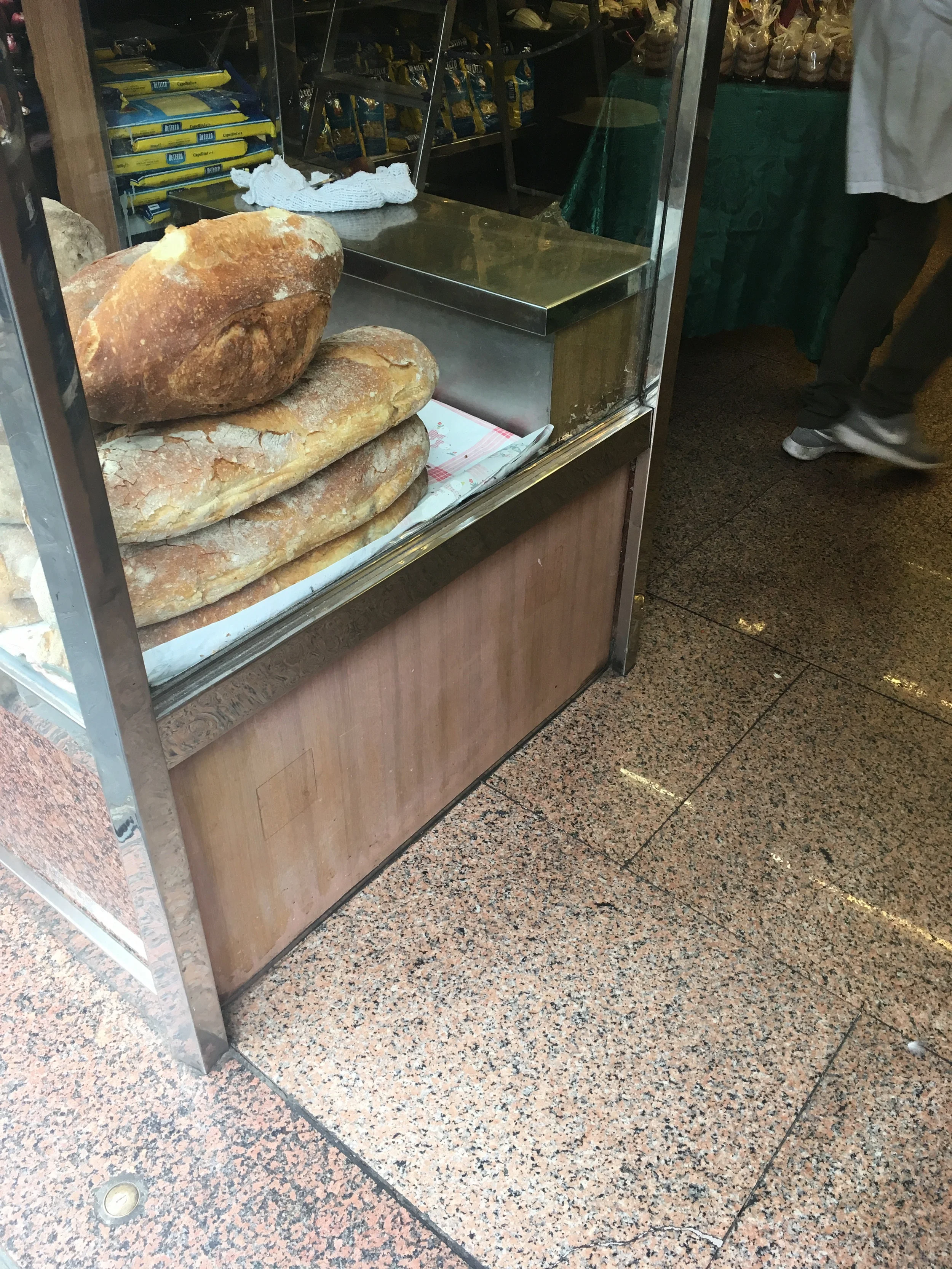Entryways
in
Rome
'you have arrived'
Janus, ancient Rome’s god of doorways, duality, gates, transitions and time, has been deemed one of the most important and ambiguous Gods in the Pantheon. His importance for the Romans was manifold; he was the divine patron of all undertakings, the doorkeeper of heaven, and the god of all passages, physical and intangible. In the ancient city, he was invoked in the Latin janua, meaning “door”, “arcade”, “passageway”, and such in-between spaces. We refer to him today with ‘January’, the passage between the years.
In the most functional sense, a door is a means to an end. Doors carry us through spaces physically, and carry meaning symbolically (as we know well, from welcome mats and party paraphernalia). Yet the concept of Janus asserts itself with especial relevance in Rome’s streets. The city’s historic leaders’ proclivity for building walls and fortifications is evidenced by the landmark gates, arches and entry points that punctuate the city today, signalling division as much as access. To the pedestrian, who walks without seeking out the remains of the Aurelian and Servian walls (or, as in this case, lacking sufficient battery for Google Maps), a more discreet aesthetic significance is at play in the entryways of houses, grocery stores, hotel lobbies and courtyards. Neither indoors nor outdoors, these microcosmic sites form the intersection of the private and public spheres; a chance for proximity as much as distance ("well, I really must be going").
These everyday portals range from gargantuan, gilded structures to atrium spaces suffused with sculptural and botanical motifs, to those with a more humble chromatic consistency, or streamlined curves and carved subtleties that point to laborious yet understated craftsmanship. These entryways are not means to ends, but monuments. As much as for the environments they border, these spaces speak for and of themselves;
* and one or two from Florence










